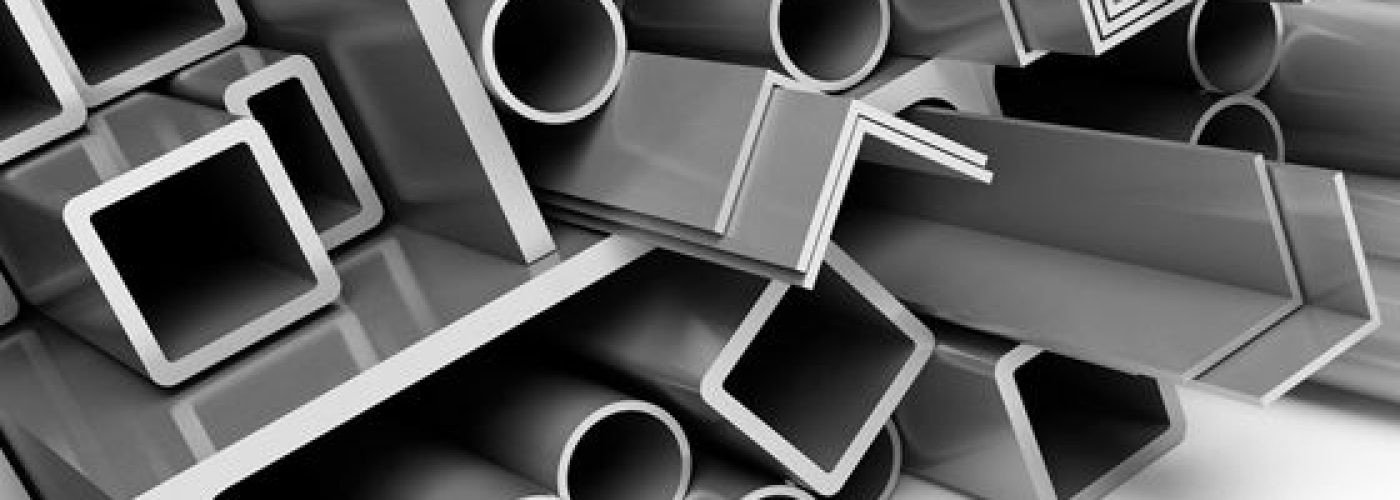The ability of a material to be cut with a cutting tool is known as its machinability. A material is called more machinable if it can be cut or drilled with the least amount of force and it does so without being deformed.
In actual use, using machinability-friendly materials offers many advantages. Compared to components created from difficult to machine materials, they can be produced more rapidly. Long-term usage of easily machinable materials results in less wearing of tools and the longer tool life, which ultimately saves the money spent on machining.
CNC steel has excellent machinability because it is a strong, hard material that is easy to cut and shape. It is also resistant to wear and tear, making it ideal for use in high-speed machining applications such as milling steel.
Steel is the primary material of choice for many parts in industries requiring great performance and durability, such as those in the automotive, locomotive, aerospace, and the fastest-growing robotics sectors. Steel and aluminum have extremely distinct physical properties and pricing ranges, steel is much stronger than aluminium and aluminum is also costlier than steel. So, determining which material is ideal for a given work is crucial, when machining metal parts, milling steel may be a more appropriate material choice than aluminum.
Factors should be considered when choosing CNC steel for your project
Consider the thickness of the material. CNC steel is available in various thicknesses, from thin sheets to thick plates. The thicker the material, the more difficult it will be to machine. However, thick materials are also more durable, so it is important to find the right balance for your project.
The type of steel is the second thing you should consider for CNC steel parts. There are two main types of CNC steel – stainless and carbon. Stainless steel is more difficult to machine but is more resistant to corrosion. On the other hand, carbon steel is easier to machine but is more susceptible to rust.
After deciding the type, you have to choose the best steel for machining. If you consider stainless steel for your CNC steel parts, you have to choose the perfect grade. The most common stainless steel for machining is 303, 304, 316L, 410, and 416.
The surrounding environment also affects the CNC steel machining. Even the best steel for machining can produce bad parts if the temperature, humidity, and dust level are not under control.

Operating Environment of CNC Steel
CNC steel has high strength, hardness, toughness, and ductility. As a result, this material can withstand high cutting speeds without deforming, making them ideal for CNC machining. However, other materials, such as aluminum and brass, can also be machined using CNC technology.
The main difference between machining steel on a CNC machine and other materials is the speed and accuracy of the cuts. The properties of CNC steels allow them to be used in applications where other materials would crack or break under similar conditions. CNC machines are able to make very precise cuts at high speeds. This is due to the fact that CNC machines are controlled by computer programs that can be programmed to make very precise cuts.
Other materials, such as aluminum and brass, are not as strong as steel and, therefore, cannot be machined at the same speeds. Additionally, these materials are not as easy to cut as steel and require more time to produce a finished product. While machining CNC steel you have to lubricate the machine properly. Lubricants such as oil, grease, and water are needed to prevent friction during cutting.
Dimensional Stability and Tolerance
The dimensional stability of CNC steel is a measure of how well the steel can maintain its dimensional accuracy and integrity under different conditions.
Dimensional stability is important for CNC steel because it ensures that the steel will retain its dimensional accuracy during the machining process. This dimensional accuracy is known as tolerance. If machining steel is done properly, the tolerance of CNC steel parts can be +/- .5 inches.
If the dimensional stability of the CNC steel is poor, the steel will expand or contract during the machining process, leading to inaccuracies in the final product.
There are a few things that can cause steel to warp during machining and hamper the dimensional stability, including:
- Cutting too deeply into the material
- Removing too much material at once
- Using a tool that’s too small for the material
Material Costs
The cost of CNC steel depends on a number of factors. The type of steel is the most important factor. The different types of steel include:

Low-carbon steel: This is the most common type of steel used in CNC steel manufacturing. It is very strong and durable. Low-carbon steel is less expensive than high-carbon steel.
High carbon steel: This type of steel is more expensive than low carbon steel. It is also stronger and more durable. High-carbon steel is often used for high-end products.
Stainless steel: This type of steel is more expensive than both low carbon and high carbon steel. Stainless steel is very strong and resistant to corrosion.
The quality of the steel is another important factor that affects the cost. The higher the quality of the steel, the more expensive it will be. The size of the steel is also a factor. The larger the size of the steel, the more expensive it will be.
The quantity of steel is the last factor that affects the cost. The more steel that is needed, the more expensive it will be.
Conclusion
The machinability of CNC steel has made it a very popular material for many industries. But before you pick a machining steel company you should know their details and working experience. Because CNC steel machining is not an easy thing to do, and it needs years of experience. And a good company can suggest to you the best steel for machining according to your project’s requirement.





